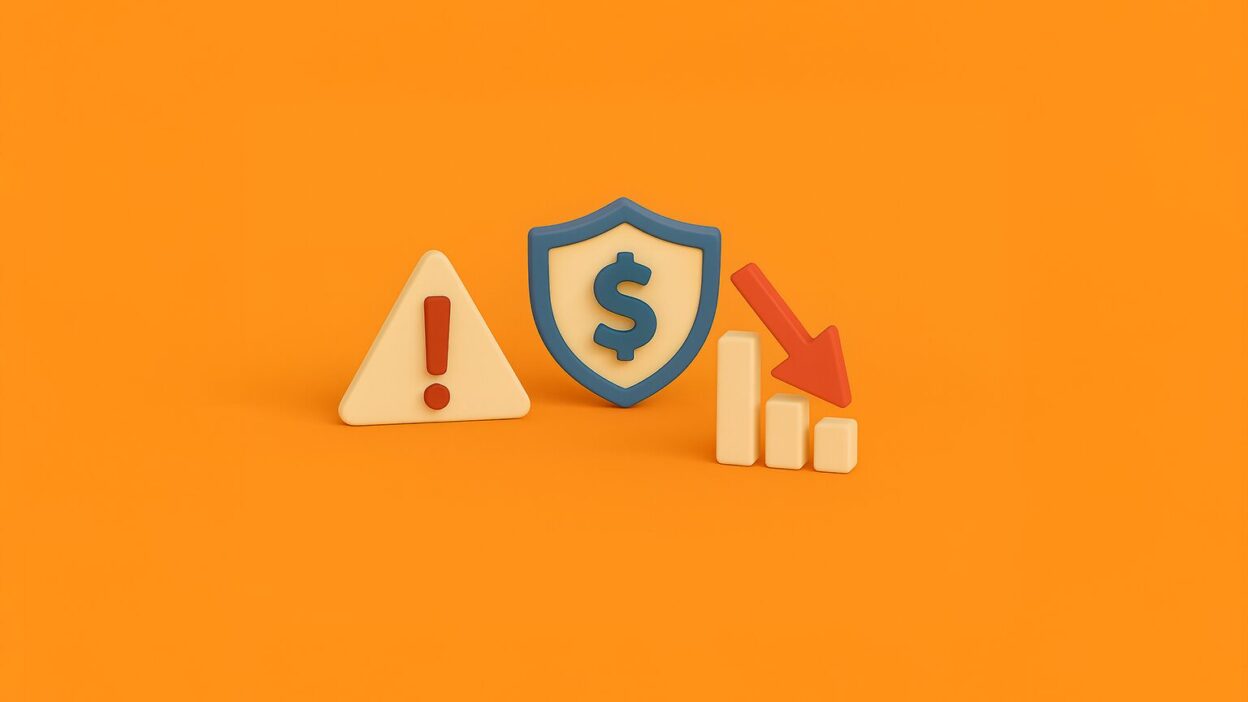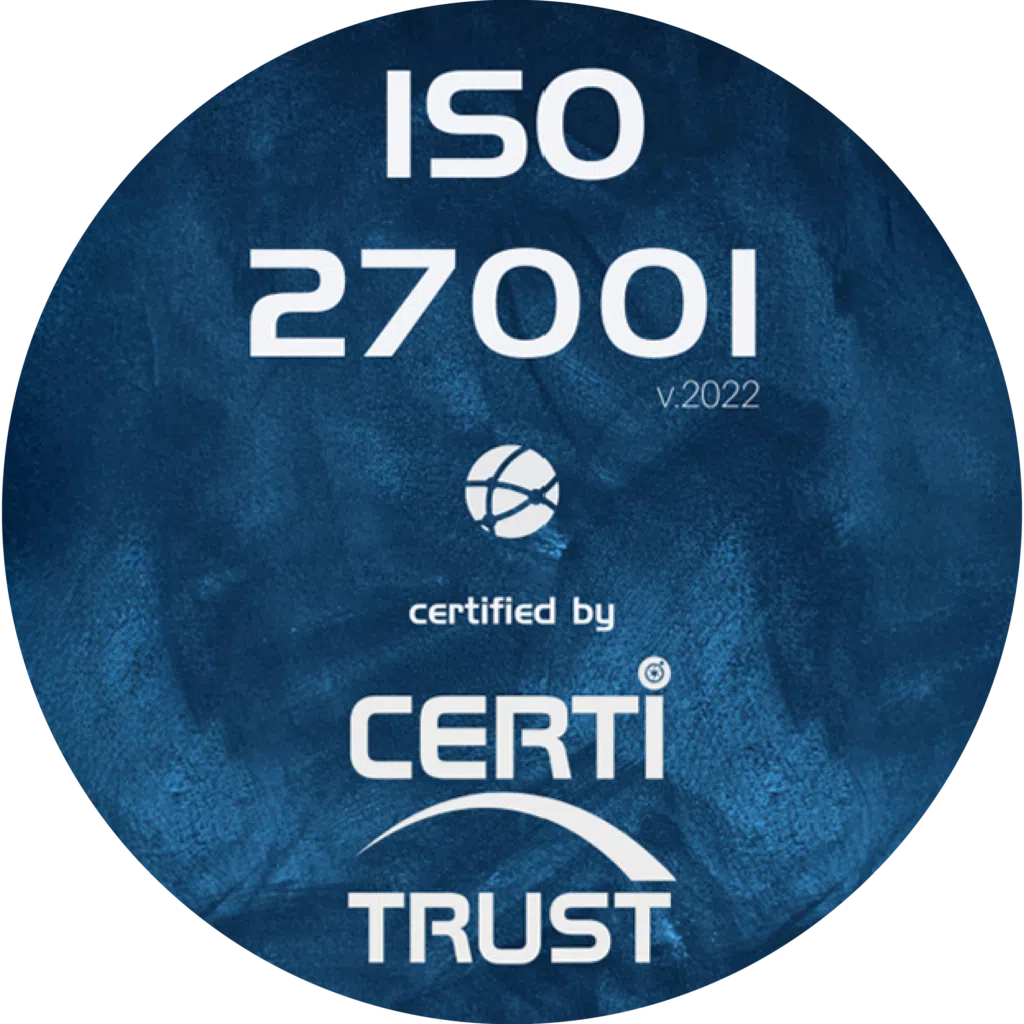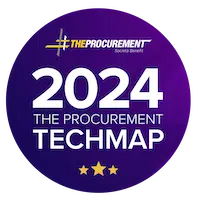Purchasing is closely linked to risk. Indeed, behind the purchase of a service there are many issues at stake, which constitute the main missions of a buyer. As a result, poor purchasing management encourages risks that impact on productivity, and therefore directly on your company’s development. It is therefore essential to identify and assess these risks, and to anticipate their impact on the company’s strategic objectives, so as to be able to control them.
What risks does the buyer face?
There are four main types of risk associated with purchasing: financial, contractual, operational and, finally, image risks (CSR issues). Purchasing maturity increases the risk borne by both the buyer and the company. That’s why you need to identify these risk families as early as possible, so you can better anticipate them and help your company grow serenely. Because, yes, it’s never too early to take the right direction with your purchasing.
Strategic and financial risks
Good purchasing control is synonymous with good expense management. Financial risks are the most visible and the most vital, as they represent the financial health of the company. Several indicators can help you gauge this and alert you to the performance of your purchasing process. Here’s an extract:
- Supplier dependency rate. The higher your supplier dependency rate, the greater the risk of losing your business. If a supplier fails to deliver, or doubles the price of its services, your production or sales processes will be irreparably damaged. How can you reduce this risk? Source and identify new suppliers to avoid unpleasant surprises.
- Operating income (a quick digestive accounting aside, I promise)! The more expensive your purchases, the lower this result will be. REX, for those in the know, is specific to each business sector, but you owe it to yourself to keep it as high as possible. A low REX lowers your margins and wears you down in a never-ending race to find new customers to maintain your results.
- Late supplier payments. This may be part of your just-in-time cash flow policy. But it’s often due to a lack of provisions, or a lack of anticipation. So plan your purchases in advance. Or improve the traceability of your purchases, so that you can pass on the information to your financial departments and no longer surprise them at the last minute.
Depending on the indicator, there may be more or less serious consequences for the company’s financial health. Remain vigilant, therefore, and make sure you buy intelligently, in particular by setting up supplier contracts.


Contractual and legal risks
Good contract negotiation is a prerequisite for the purchasing function. But before you get on your high horse, it’s imperative that you keep contractual risks under control! Here are a few points to keep in mind so that you are sufficiently armed to face these risks:
- Fraud: some suppliers are fictitious or perform their duties illegitimately. Some trades are subject to regulation, so make sure you are aware of the various accreditations and standards governing these professions.
- Wrongful termination or abrupt interruption of a contract. Include a notice period in the contract so that you can bounce back in the event of such a scenario.
- Absence of a supplier’s Civil Liability/Decennial insurance, resulting in a claim not being covered.
- Tacit renewal: some suppliers play on the automatic renewal of your contracts to renew your commitments, often to their advantage.
This requires a thorough understanding of your supplier and its situation, as well as your company’s position about it. You need to be vigilant about your business processes to limit the emergence of risks.
Operational risks
The purchasing process is prone to business and technical risks. Each step in the process opens the door to a risk. The following list is obviously not exhaustive, but it provides a good basis for anticipating these risks within your company.
- A purchase that doesn’t meet the company’s needs. If the specifications have been poorly defined when your needs were expressed, don’t be surprised if you receive the wrong part or service.
- Double orders. Double expenditure. Or you may feel uncomfortable with your supplier for having committed to the production or delivery of the ordered service. Communicate!
- A lengthy invoice reconciliation (or worse, the loss of an invoice). Don’t waste time, keep track of your purchases from purchase order to invoice. This has the advantage of giving your accounting department a head start, enabling it to make provision for your expenses.
- Absence or poor definition of supplier pre-selection criteria. Sometimes the added value of a purchase lies in the selection of the supplier. Don’t overlook any aspect!
This extract from the risks linked to organizational shortcomings in the various stages of the purchasing process almost always results in financial losses and a slowdown in productivity. So audit your business processes to anticipate them, and perfect your purchasing strategy so that it is exemplary, even in its image!
Reputational risks
These risks are linked to your company’s ethical, social and environmental commitments, better known as Corporate Social Responsibility (CSR). Although CSR strategy is not a buyer’s primary function, he or she remains responsible for orders and purchases made on behalf of the company. Indeed, the company’s image is directly involved, and it’s up to the Purchasing department to choose suppliers who comply with the commitments made by your company. Here are a few examples of how to protect your image:
- Your suppliers’ production or supply chain. Scrutinize them to rule out those who are negligent in terms of CSR or whose way of working is the antithesis of yours. And you certainly don’t want to end up on the front page as the company that supports that supplier.
- Cascading subcontracting. To win business, some companies will do anything, even undercut prices and subcontract work. And their subcontractors repeat the operation. In the end, your supplier is no longer the one you contracted with, often in violation of labor law.
- News. One of your partner companies is not immune to making headlines in spite of itself. So be on the lookout for this kind of eventuality, and be ready to bounce back in the event of any communication contrary to your interests.
Your reputation is at stake, and even more so your e-reputation. To avoid this risk, define your commitments and audit your suppliers to ensure that they are moving in the same direction as you. Embody the change you want to see!
In conclusion, these four major families of risk are capable of threatening all types of business if they are not taken into consideration by your management. That’s why you need to anticipate and map them, so you can prepare your response if you are faced with them. This will save you time in resolving them, and at best time in not resolving them, since they will be eliminated before they even arise.
Want to learn more about our Weproc procurement management software?
Contact us or request your 15-minute demo below!









